How to Make Potting Soil for ZZ Plants (4 DIY Recipes)
-
Pete Ortiz
- Last updated:
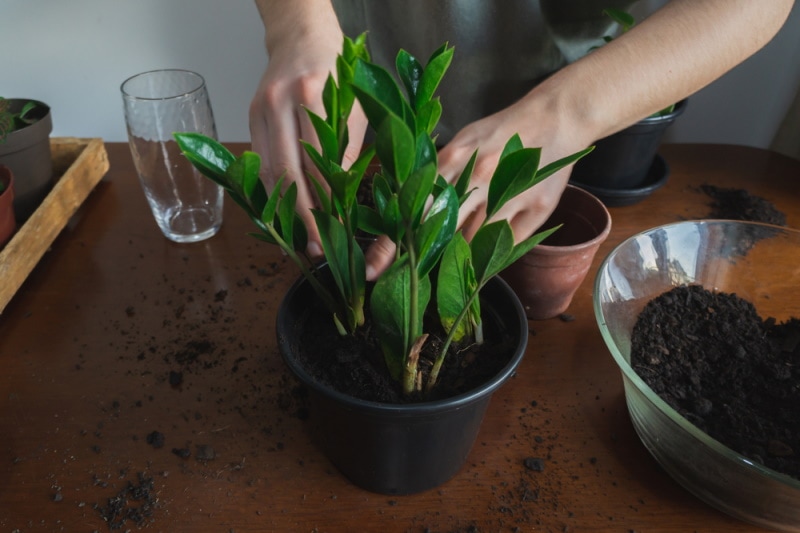
The ZZ plant, also known as (Zamioculcas zamiifolia) is a popular houseplant for homes and offices. It thrives with minimal care in terms of low light, watering, and humidity conditions. If you grow and nurture the ZZ plant in a container, eventually, it must be repotted to accommodate the extensive root system.
While repotting, you must choose the best soil mix for the plant to thrive. If you are a newbie gardener, you can opt to purchase a potting mix specifically made to support the ZZ plants. If you are a hands-on kind of gardener, you can create your own potting mix using ingredients you can buy at your local store.
In this article, we will discuss the soil requirements of ZZ plants as well as highlight everything you need to know about making potting soil for ZZ plants. Read on to learn more.
Click below to jump ahead:
Choosing the Right Soil Type for ZZ Plants to Thrive
ZZ plants feature broad dark leaves that are smooth and waxy, able to reflect sunlight and brighten up a room. When growing indoors, the plant can grow up to a height of 3 feet. They are not very fussy when it comes to the type of growing medium used to propagate them. You do not have to spend so much on a potting mix, as ZZ plants are tough and can survive in various soil types.
As hardy plants, they can grow in any standard potting mix. However, you must ensure the mix is well drained. You can even add some sand or perlite to improve the overall drainage ability of the growing medium.
You can use commercially sold potting mixes, so long as they have good drainage. You can also mix the potting soil with perlite or cactus to get a nutritious ZZ plant-growing medium.
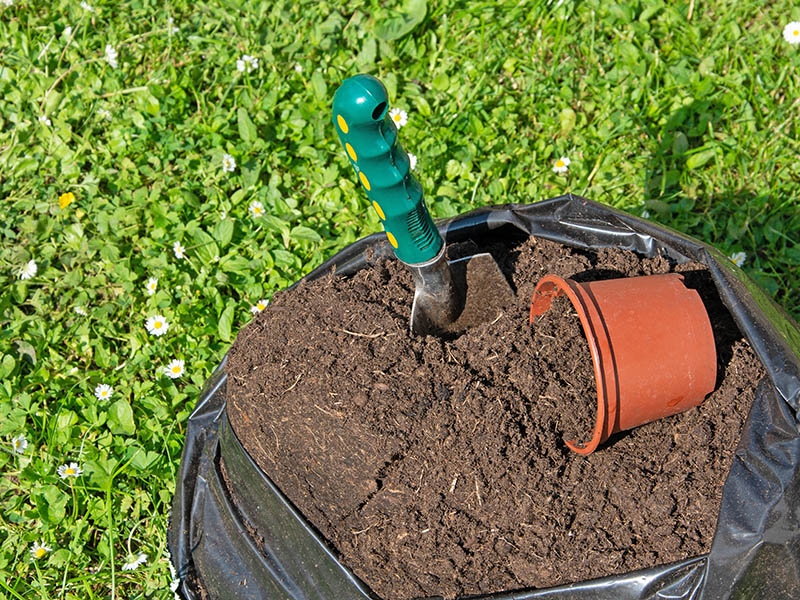
- Your growing medium should be rich in nutrients. ZZ plants require some basic macronutrients to grow. They include potassium, nitrogen, and phosphorus.
- The potting mix should be porous and well-draining enough to allow the excess water to drain off after watering. If the soil is soggy and the plants are exposed to too much water, they will wither and die.
- The soil mix should be properly aerated. If you cannot deliver this ZZ plant’s needs, you can use store-bought commercial cactus soil to fulfill the need.
How to Make the Best Soil Mix for ZZ Plant (DIY Recipes)
While buying a ready-made growing medium for ZZ plants may seem easy and convenient, making your own potting mix will give you greater control when propagating the plants. You get to cost-effectively cater to your plant’s water and nutrient needs. The results of DIY soil recipes are also more stable and consistent, unlike those using a store-bought potting mix.
Here are some recipes you can use to make a suitable potting mix for ZZ plants.
1. All-Purpose Potting Mix
An all-purpose potting mix is a suitable growing medium for ZZ plants. However, you have to add a few extra ingredients to help improve the medium’s aeration and drainage while storing sufficient moisture and plant nutrients.
- Add two parts of all-purpose potting mix
- Add one-part pink bark fines or perlite
- Add one part of horticultural sand
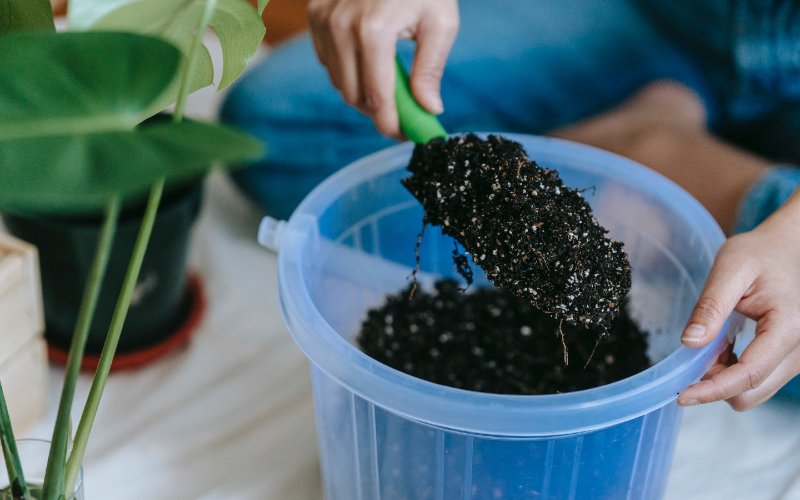
2. All-Purpose Potting Soil With Cactus Mix
Cactus potting mix is a popular and one of the most readily available potting mixes you can ever purchase from nurseries and garden centers. It lays a good foundation for the establishment of ZZ plant roots, more than regular soil.
This growing medium also prevents the roots and stems of the plant from getting oversaturated with moisture. Additionally, it has exceptional drainage and dries out quickly after watering. You can even use a cactus mix to prevent root rot in your ZZ plants.
Beginner gardeners may be skeptical about using a cactus mix for propagating their ZZ plants; however, ZZ plants thrive with cactus and succulent mixes. The cactus mix is made up of perlite, sand, and limestone. The mixture allows the potting mix to have excellent drainage and aeration properties.
- Look for three parts all-purpose potting soil, like Miracle Grow
- Add one part compost or organic material
- Add one part cactus mix
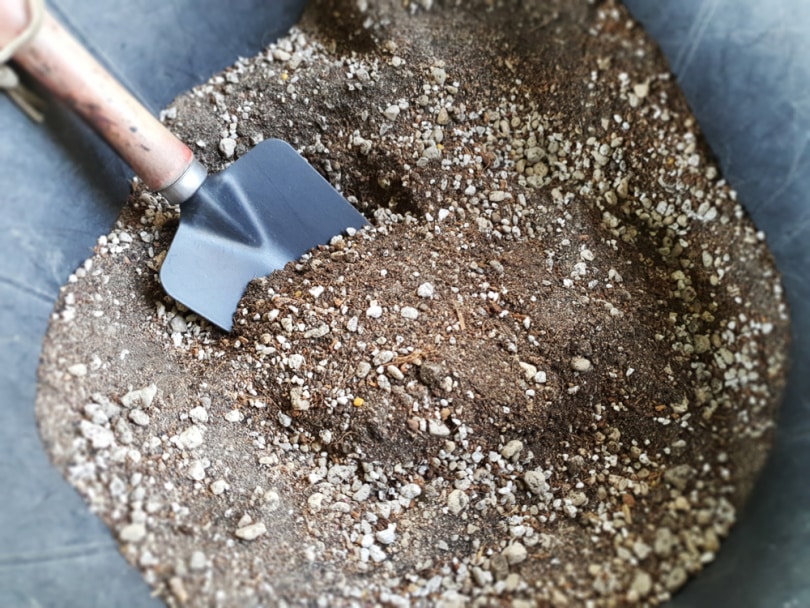
3. All-Purpose Potting Mix With Sterlite
You can also improve the drainage of the regular potting mix by adding perlite. Perlite, which can be bought from garden centers or online platforms like Amazon, is a product made from volcanic rocks and resembles tiny Styrofoam balls.
This product can greatly enhance the soil’s ability to aerate and drain when added to the regular potting mix. This is because it is so light that it makes the soil medium less dense and airier so that water can drain more freely. Chances are high that your regular potting mix might have trace amounts of perlite, but you can always add some more to improve the overall soil condition.
- Use one part all-purpose potting mix
- Add one part peat moss
- Add two parts perlite to the mixture
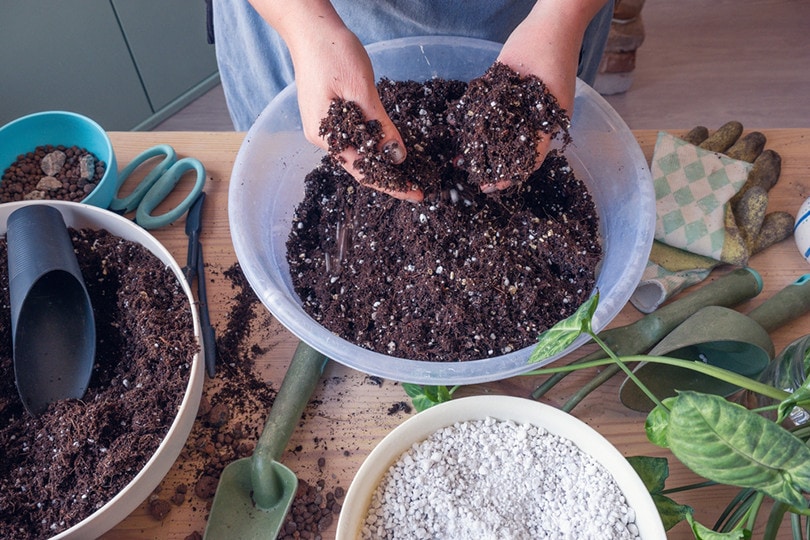
4. Pre-Made Potting Mix
If you do not have the time, or do not want to deal with the inconveniences of making your growing medium, you can also use pre-made soil mixtures to propagate your ZZ plants.
- Black Gold’s Natural and Organic Potting Soil
- Espoma Organic Cactus Mix
- FoxFarm Happy Frog Potting Soil
- FoxFarm Ocean Forest Potting Soil
All the options mentioned above will yield excellent results for your ZZ plants. You can go about your business knowing that the improved drainage will help protect your plants from the negative effects of moisture oversaturation.
If you happen to have a large collection of houseplants with different soil requirements, or you like experimenting with different growing mediums, keep the raw ingredients of potting soil at hand. This way, you can custom-mix small batches of potting soil mix to meet your plant’s needs, which is potentially more economical.
Furthermore, do not be afraid to experiment with different growing mediums. Potting soil recipes are usually straightforward, and you can do extensive research to come up with the “perfect mix”. However, since the requirements of ZZ plants are basic, and the plant can tolerate different soil mediums, experts recommend using one of the above-mentioned options and sticking to it.
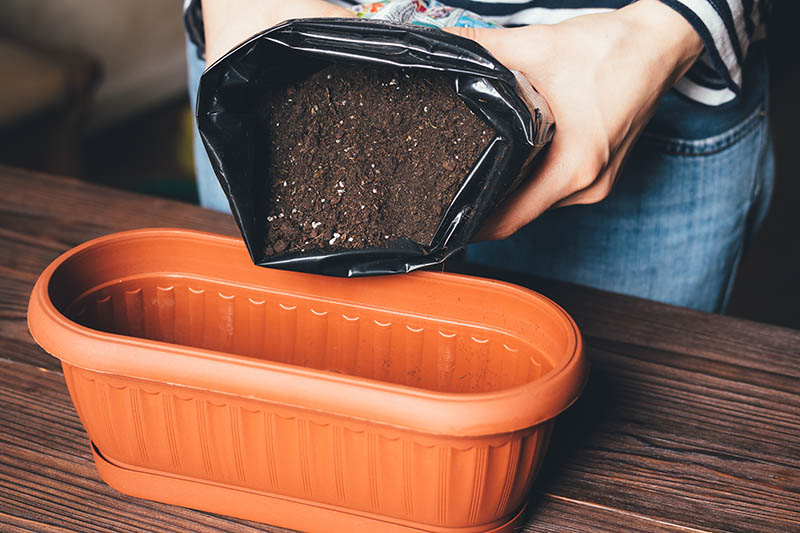
Mixing and Using ZZ Plant Soil Mix
For many years, ZZ plants have gained a somewhat overblown reputation for being poisonous plant species. Some people even claim that ZZ plants can cause cancer. While the cancer claims are unfounded, ZZ plants produce sap, which contains calcium oxalate crystals, which can cause irritation on the eyes and skin.
Calcium oxalate is a naturally occurring compound that is found in all parts of the ZZ plant. The sap causes irritation, which manifests as red, itchy, and sometimes painful lesions on the skin. Therefore, you need to wear protective gear before touching or even handling your ZZ plants to avoid any skin issues. If you are adversely affected by the sap, you should take extra precautions when dealing with the plant.
After selecting your desired recipe, prepare the ingredients before making your potting mix. Mix the components in a different container with a little water to make them wet but not soggy. Your ZZ plant potting soil mix should be ready for use.
As you plant, consider adding some inches of the ZZ plant-growing medium to your desired pot, then carefully put the plant into the new container. Fill the remaining gaps with the remaining soil, and make sure that your ZZ plant is firmly planted into its pot. Keep in mind that ZZ plants need a free-draining soil environment, so do not pack in the soil too tight.
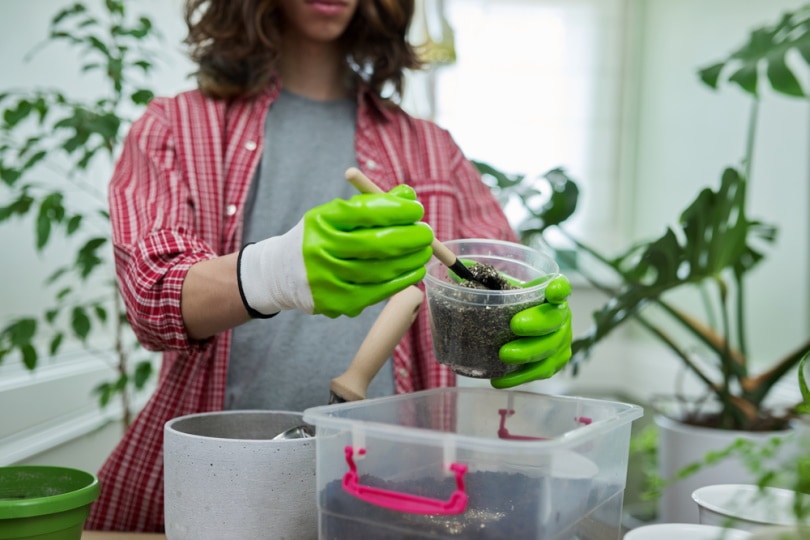
Conclusion
Having a balanced soil mix is essential to promoting the healthy growth of plants in the long run. ZZ plants are hardy plants, and as such, they have minimal needs. However, for the plants to thrive, the potting mix should be rich in nutrients to support the fast growth rate.
The potting mix should also be able to hold water but still be porous enough for excess water to drain through. For the right potting mix, just make sure it contains an all-purpose potting mix, coarse sand, perlite, or cactus mix. Just make sure your final ZZ plant soil mix is nutrient-rich and well-draining.
Do not use garden soil since ZZ plants do not do well if exposed to soggy soil for a long duration. Now that you know the different recipes you can use for ZZ plant soil, you should be ready to grow these beautiful plants in your home. With its glossy, green foliage and minimal care needs, ZZ plants are a worthwhile addition to your houseplant collection.
Featured Image Credit: Stefany Jablonski, Shutterstock
Contents


